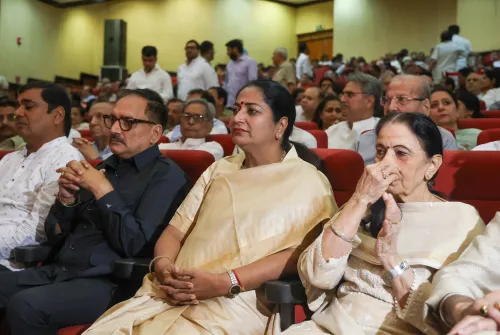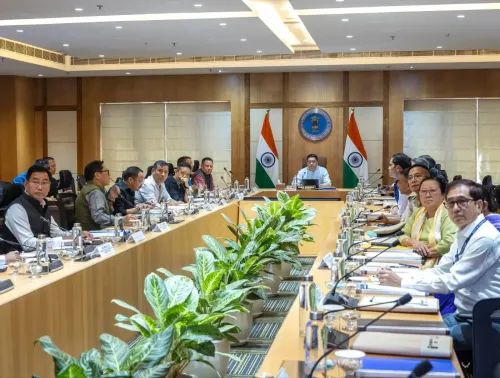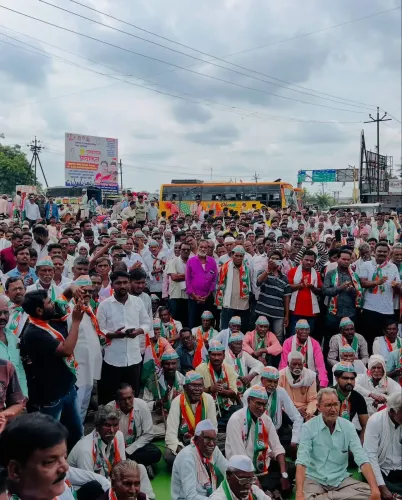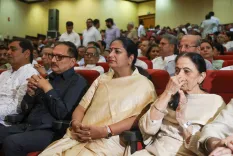Should GST 3.0 Target a Single Rate?
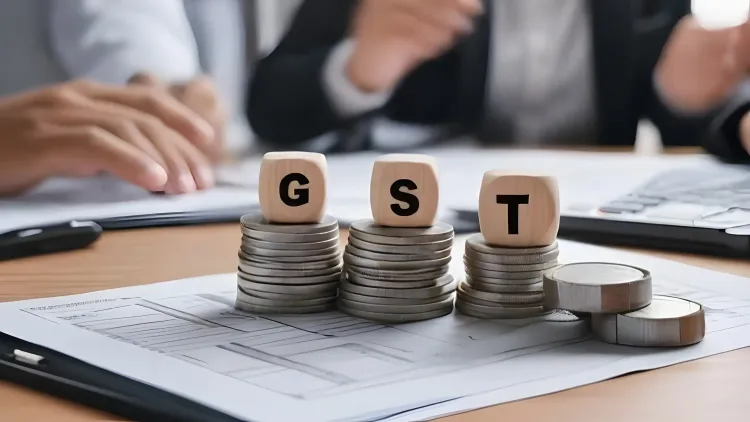
Synopsis
Key Takeaways
- Ajay Dua advocates for a unified tax rate in GST 3.0.
- Countries with a single GST rate tend to have simplified tax structures.
- GST 2.0 has already boosted consumer demand during the festive season.
- Sales growth reported between 25% to 100% reflects positive effects of tax reforms.
- The festive season accounts for 40-45% of total annual sales.
New Delhi, Oct 3 (NationPress) Former Commerce Secretary Ajay Dua stated on Friday that the upcoming GST reforms, potentially named GST 3.0 if the current iteration is referred to as GST 2.0, should focus on establishing a unified tax rate.
In an interview with IANS, Dua emphasized that in many industrialized nations, there exists only one GST rate, rather than multiple rates, which can escalate to as high as 40 percent on certain items.
“I believe that both the Centre and the States, which collaborate on this matter, will ultimately agree on a single rate,” he remarked.
Dua noted that GST 2.0 represents a significant reform that was implemented on September 22, strategically timed for the festive season, encompassing Durga Puja and Dussehra, which extends until mid-November, thus stimulating consumer demand.
In a related note, India's economy experienced its most substantial Navratri sales of consumer goods in over a decade, driven by the government's revolutionary GST reforms that have lowered tax rates, making products more accessible to consumers.
These initiatives not only reduced prices but also ignited consumer ambitions, allowing families to upgrade their vehicles, invest in home appliances, and indulge in lifestyle products, resulting in unprecedented consumption during the festive period, as indicated by the data.
By streamlining GST categories and alleviating the tax burden on both essential and luxury goods, the government has cultivated a landscape of confident spending. Consequently, brands and retailers reported sales increases ranging from 25 percent to 100 percent, significantly enhancing India's consumption-oriented economy.
Crucially, the initial half of the festive season, which includes Onam, Durga Puja, and Dussehra, constitutes 40-45 percent of overall festive sales, rendering it the most significant consumption period in the nation.


